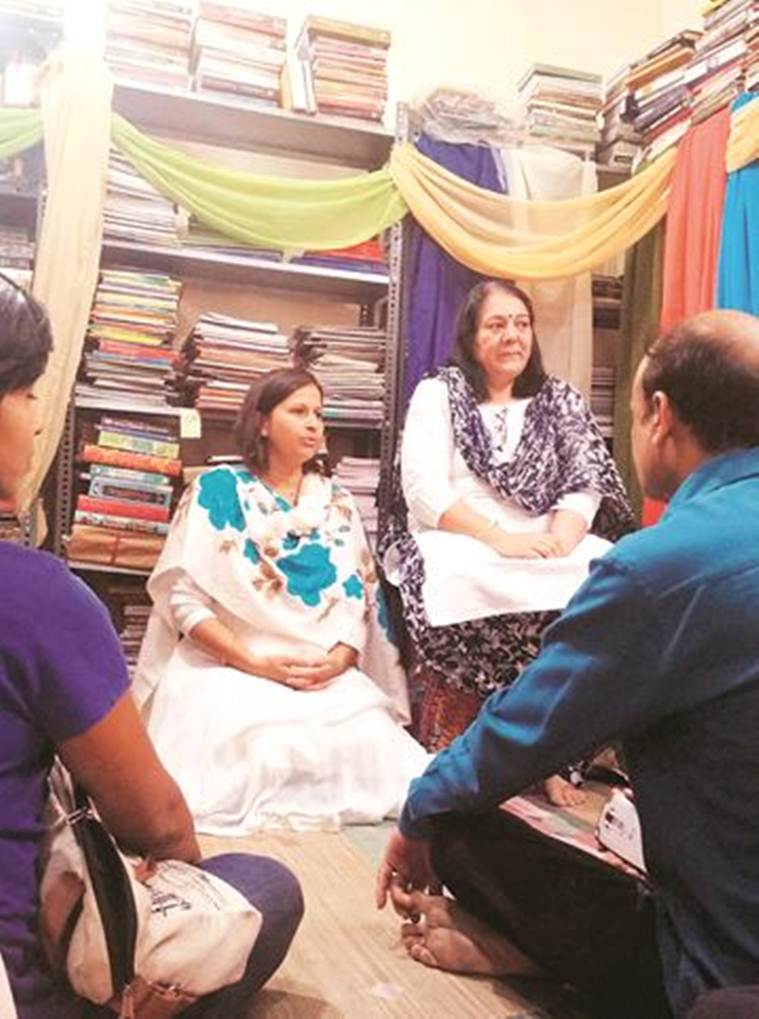
There was no garlanded photograph, incense or silence. Instead, an evening of performance poetry and stories was dedicated to the memory of Ankit Chadha, who drowned in Uksan Lake near Kamshet on May 9 last year. Packed with lovers of art and poetry at Pagdandi Bookstore Cafe in Baner, storytellers Namita Prakash and Vaishali Kulkarni brought alive Chadha through anecdotes, a recorded video and two tales from the dastango’s posthumously published book, Toh Hazireen Hua Yun… Dastan-E-Ankit Chadha.
Chadha was a dastango who performed dastangoi, a form of dramatic storytelling popular in India during the Mughal era and revived by Delhi-based Mahmood Farooqui in the early 2000s. At 30, Chadha had become one of the most well-known names in the art form and lectured and performed at universities such as Yale and Harvard.
“We wanted to have a memorial but not in the usual manner,” said Kulkarni, who performed Chadha’s award-winning satire Dastan Ek Chhoti Si Cheenti Ki, about a cheerful and hard working ant who becomes a victim of corporate restricting in her organisation.

Prakash related another one of Chadha’s tales, of a bear that comes out of hibernation only to see that his forest has been cleared of trees and replaced by a factory. The person behind the artist emerged when the two storytellers shared their memories of Chadha and experiences of watching him perform.
“He was a simple, unassuming person who was consumed by his art,” said Prakash, telling the audience that the dastango had worked extensively on Mahatma Gandhi and won a scholarship at Sabarmati Ashram where he had created the powerful work, Praarthanaa.
“It was at Sabarmati Ashram that Ankit turned vegetarian,” she recounted, giving the audience a glimpse of the person behind the artist.
The event, said the storytellers, was “only the beginning” because they were planning more work in order to keep Ankit’s legacy alive.